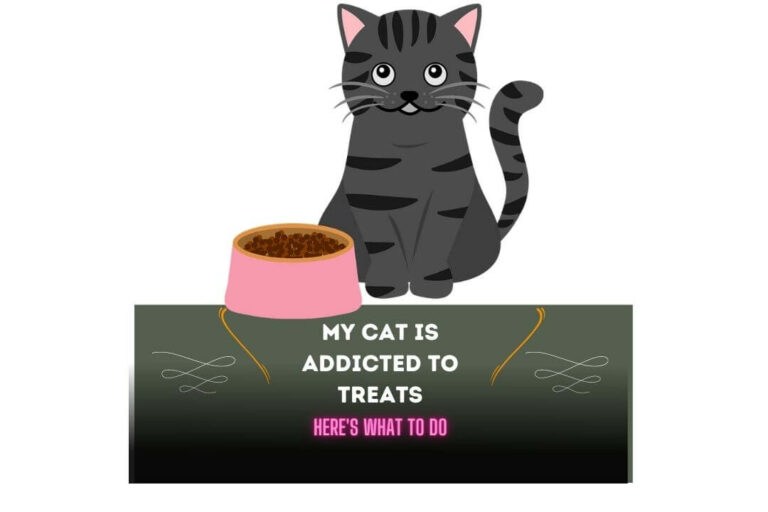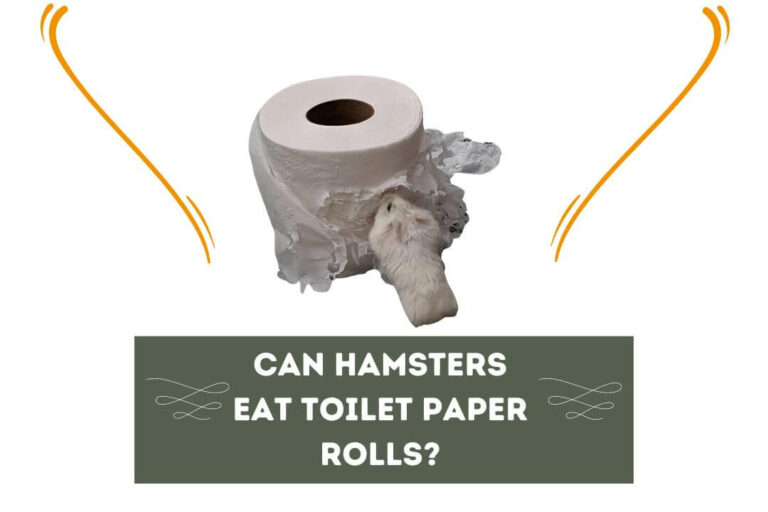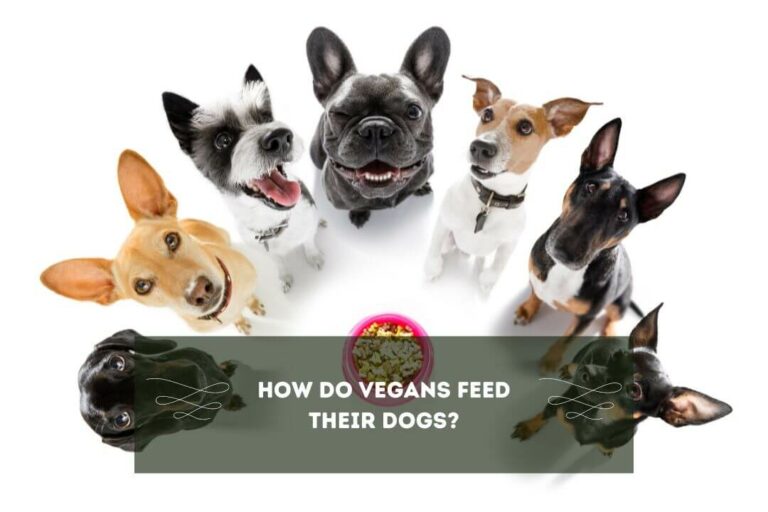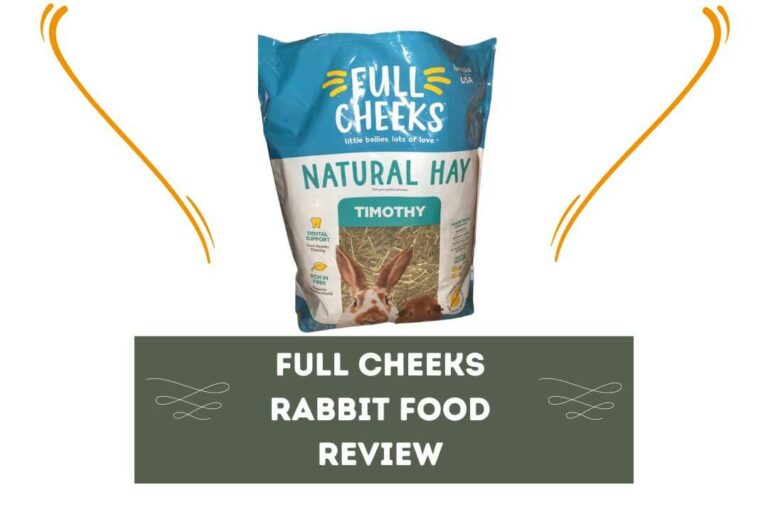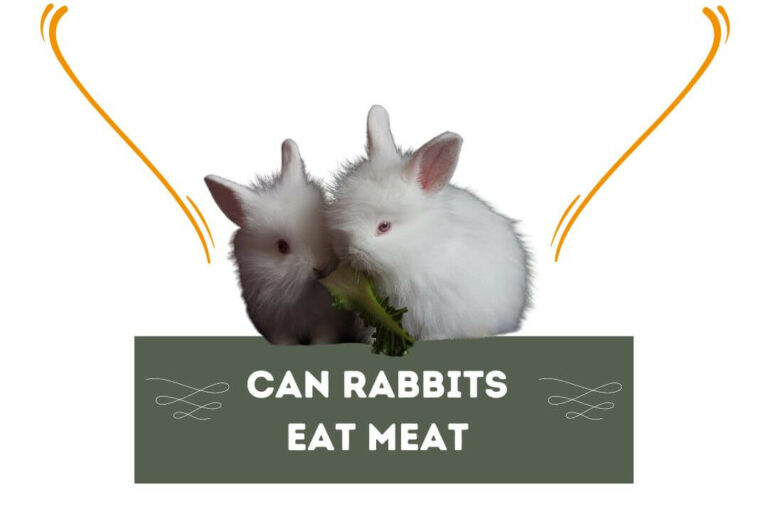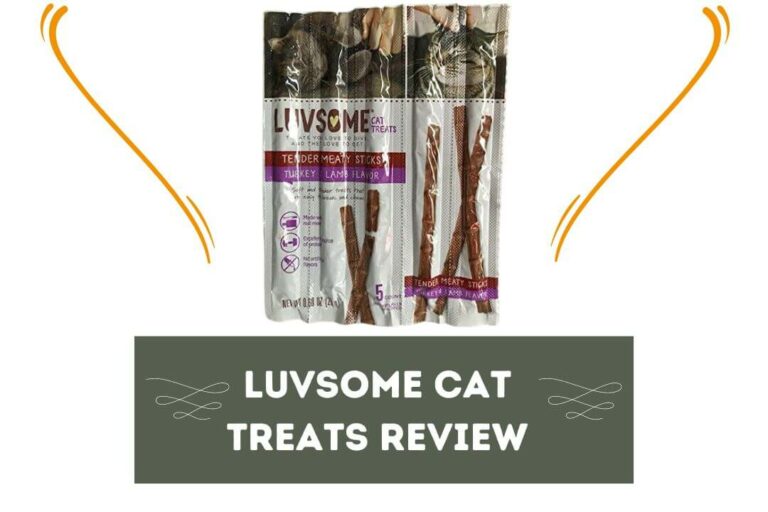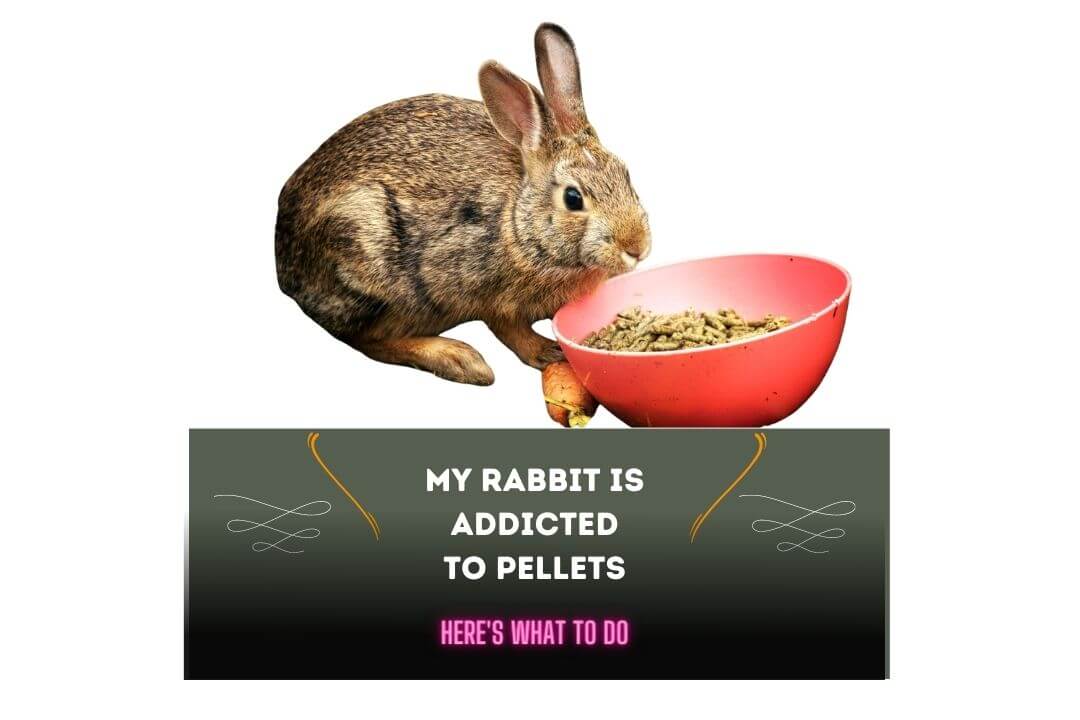
Many people complain that my rabbit is addicted to pellets. What should I do? If you happen to be one of them and wondering ”why your rabbit is addicted to pellets” and what you should do about it,” this is the article for you.
You should know that feeding pellets as the only food source or too many pellets can cause nutritional imbalances and health issues. You must provide them with varieties of food depending upon each nutritional need.
No doubt, rabbits can easily get addicted to pellets because of their high palatability and convenience. But before I tell you why your rabbit is addicted to pellets, let’slet’s know why rabbits enjoy pellets.
Why Rabbits Enjoy Pellets
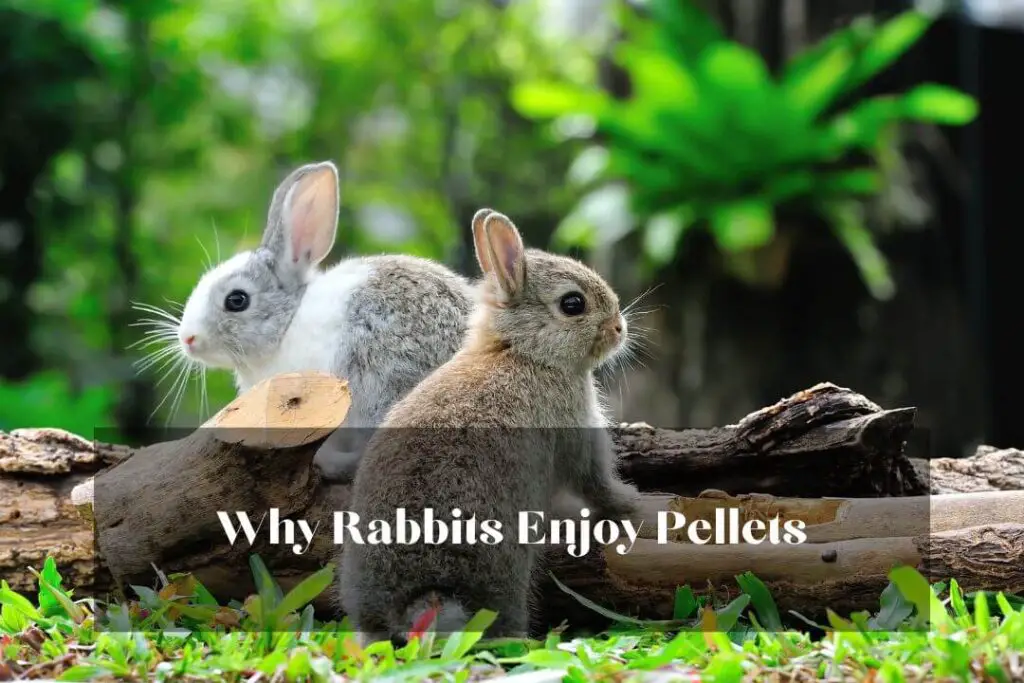
First, you should know that Rabbits are naturally inclined to enjoy the taste and texture of pellets. I have four rabbits, and I have seen them enjoying the concentrated flavors and high palatability of pellets.
Poss pellets are very enticing for rabbits. Additionally, If you provide your rabbit with pellets that contain specific ingredients like fruits or herbs, It will become more appealing for them.
In general, most pellets often consist of a mixture of grains, seeds, vegetables, and added vitamins & minerals. Even though pellets are known to provide a convenient source of nutrition, overreliance on pellets can lead to health issues for your rabbits.
No matter how convenient it seems to you to feed your rabbit, you should always measure the amount you offer your pet. People often choose pellets as a feeding option for their rabbit because it tends to have a long shelf life and be easy to measure.
Pellets also eliminate the need for extensive fruit preparation. All this convenience makes the pellets an attractive choice for rabbit owners, especially those very busy with their lifestyles.
However, you should note that pellets should always be served as a part of your rabbit’srabbit’s daily serving and should never be the sole food. Also, you should avoid feeding meat based items, even thoough your rabbit may eat. If you’re wondering “What Happens When Rabbits Eat Meat?” read this.
If your rabbit is consuming lots of pellets, it can lead to obesity, dental issues, and gastrointestinal problems, which I will help you explore in the following section.
3 Dangers of Excessive Pellet Consumption
Obesity & Weight-Related Health Problems
Just like humans, rabbits can become overweight or obese. If your rabbit is eating excessive amounts of pellets and needs more exercise, it will contribute to unwanted weight gain.
You should know that obesity also increases the risk of various rabbit health issues, including heart disease, arthritis, and decreased lifespan. A popular study published in the Journal of Small Animal Practice found a strong correlation between a high pellet diet and obesity in rabbits. This highlights the importance of monitoring pellet intake and providing a balanced diet for optimal weight management.
Dental Issues & the Lack of Dental Wear
If you are a proud rabbit owner, you might already know that they tend to have continuously growing teeth that require regular wear to prevent dental problems. Therefore, if you provide a rabbit with a diet primarily consisting of pellets, it may need more chewing resistance to keep its teeth worn down appropriately.
If this continues, it will soon lead to dental overgrowth, malocclusion, and related issues. You must also provide your rabbit with adequate fiber in its diet to maintain proper dental health. It would help to consider including grass and hay in your rabbit diet as it promotes natural dental wear while minimizing the risk of dental diseases.
Gastrointestinal Problems & Gut Stasis
You should note that rabbits have a delicate digestive system and mostly rely on a high-fiber diet to function optimally. Suppose your rabbit is regularly eating pellets, which are low in fiber.
In that case, it will disturb the delicate balance of your rabbit’srabbit’s gut, leading to gastrointestinal problems such as gut stasis. Gut stasis, also known as gastrointestinal stasis, is a condition where the normal movement of food through the digestive tract slows down or stops. If not addressed promptly, this can result in discomfort, bloating, pain, and potentially life-threatening complications.
Recognizing Pellet Addiction
Identifying whether a rabbit has developed an addiction to pellets requires careful observation. Some common signs include a strong preference for pellets over other foods, excessive begging or demand for pellets, and a reluctance to eat other essential components of their diet, such as hay or fresh vegetables.
It is essential to differentiate between a rabbit’srabbit’s preference for pellets and a true addiction. While some rabbits may naturally prefer the taste of pellets, addiction goes beyond preference and involves a compulsive and excessive consumption of pellets to exclude other necessary foods.
Rabbits addicted to pellets may exhibit various behavioral changes. These can include increased aggression or frustration when access to pellets is limited, decreased foraging and grazing behaviors, and an overall lack of interest in other food options. These behavioral changes can be indicators of pellet dependency.
My Rabbit Is Addicted To Pellets: 3 Things To Do
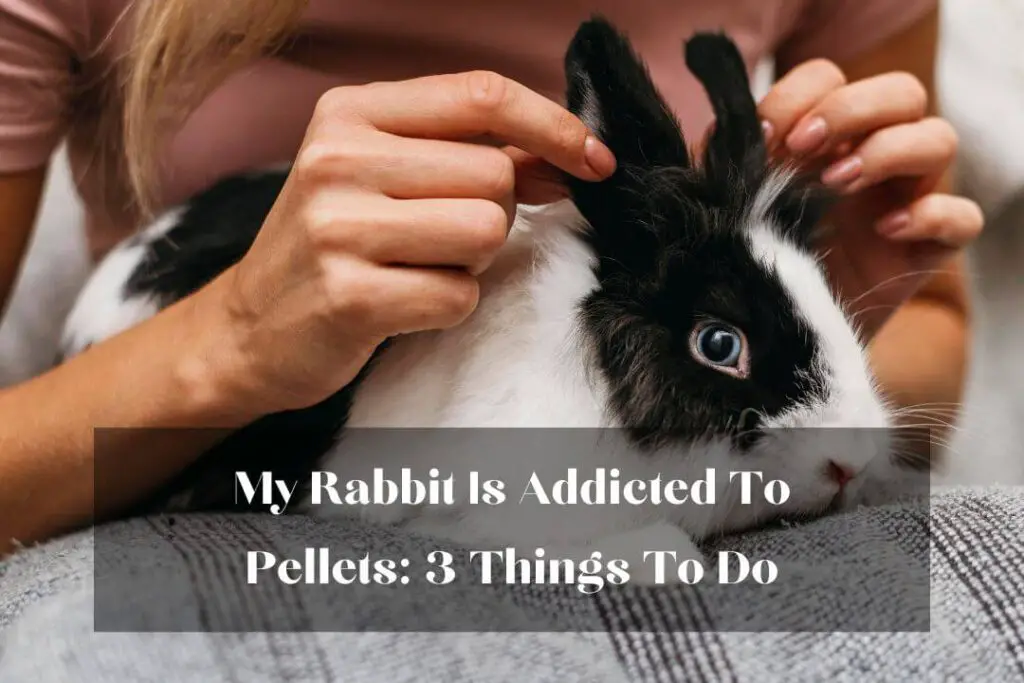
Gradual Reduction of Pellet Intake
If you are thinking of transitioning a pellet-addicted rabbit to a balanced diet, Gradually reduce the pellet intake. Also, consult with your veterinarian first to ensure your rabbit’srabbit’s nutritional needs are met during the transition. It would help if you slowly replaced a portion of the pellet with other foods like vegetables, hay, and grasses to encourage a more diverse diet.
Introduction of Fresh Hay and Grass
Consider forming the foundation of your rabbit die with fresh hay and grass. These are the high-fiber food that is going to keep your rabbit healthy by promoting healthy digestion and providing necessary dental wear.
This hay and grass also offer mental stimulation through natural foraging behaviors. Not all types of hay are considered to be best for rabbits. However, you can find varieties of hay that cater to your rabbit preferences. Introduce a variety of hays, such as Timothy, orchard grass, and meadow grass.
Incorporating Leafy Greens & Vegetables into the Diet
Apart from grass and hay, you should also include leafy greens and vegetables to form a balanced diet for your rabbit. Eating the same thing every day can bore your rabbit. Leafy Greens and vegetables will provide additional nutrients and variety to your rabbit meal.
Consider introducing a range of rabbit-safe Greens, including romaine lettuce, parsley, cilantro, and dandelion greens. However, gradually introduce any leafy green or Vegetable to prevent digestive upset.
You should also avoid offering leafy green or vegetables high in moisture to baby rabbits as it can quickly result in digestive upset and, in severe cases, sudden death. Below I am giving you a table for the leafy green with the recommended amount you should offer daily to your adult rabbit.
Ensure a gradual introduction to prevent digestive upset.
| Romaine Lettuce | 1-2 large leaves per day |
| Kale | 1-2 small leaves per day |
| Spinach | Occasional small amounts |
| Cilantro | Small handful per day |
| Parsley | Small handful per day |
| Leafy Greens | Recommended Amount |
Promoting Natural Foraging Behavior
For rabbits and many other animals, Foraging is a natural behavior that plays a vital role in their physical and mental well-being. Being a pet-responsible owner, you must encourage foraging behaviors for hamsters that provide mental stimulation, prevent boredom, and allow your rabbits to engage in their instinctual feeding behaviors.
Also, encouraging foraging in rabbits will help slow their eating pace, which is much needed for healthy digestion. If you don’tdon’t know how to do this, don’tdon’t be worried about it.
There are several ways to promote Foraging and mental stimulation in rabbits. You can scatter fresh hay throughout their living area or hide small vegetables in different locations.
I like using puzzle toys that require my rabbits to work for their food. No matter what you choose, these activities will mimic natural foraging behaviors while keeping your rabbits mentally engaged.
There are many simple ideas that you can use to create DIY foraging toys. Plus, this will be a fun and enriching activity for you and your rabbits. I often hide my rabbit food inside cardboard tubes.
If you don’tdon’t have cardboard tubes, you can also use boxes. Creating treat-filled paper balls or constructing a hay-filled digging box for rabbits to explore and forage in also helps in keeping them engaged for quite a long time.
Addressing Nutritional Imbalances
As I told you earlier, feeding a pellet-based diet as the only food source for your rabbit will cause nutritional deficiency, which will further lead to many health issues in your pet. That’s why it is important to include grass hay, leafy greens, and vegetables in their diet.
In addition to fresh hay, many types of hay-based products can be beneficial for you in addressing nutritional imbalances. You can also consider buying Timothy hay-based cubes or pellets known to be an additional source of fiber while encouraging dental wear.
However, make sure you only offer this product as an occasional treat or use it as a supplement in your rabbit’srabbit’s daily serving if fresh hay is not readily available. You can also consider including herbs & botanicals that offer nutritional benefits while adding variety to a rabbit’srabbit’s diet.
Some of my rabbits’ favorites are dried chamomile, nettle, or rosemary. You can sprinkle this over your rabbit food or offer it occasional treats. However, make sure you also consult with your veterinarian before introducing new herbs to ensure they are safe for your rabbit’srabbit’s consumption.
You should know that every rabbit is unique, and some may have specific nutritional requirements due to age, health conditions, or special circumstances. You must consult with your veterinarian experienced in rabbit care to address any specific nutritional needs your rabbit may have. They can provide tailored recommendations and guidance to ensure your rabbit’srabbit’s well-being.
Recommended Daily Food Intake for a Adult Rabbit
| Food | Recommended Amount |
| Pellets | 1/4 to 1/2 cup per 6 pounds of body weight |
| Fresh Vegetables | 2 cups (spread throughout the day) |
| Leafy Greens | Unlimited access |
| Fresh Hay | Unlimited access |
| Hay-Based Products | Occasional treats or supplementation |
Conclusion
In conclusion, you should gradually transition to a balanced diet while promoting natural foraging behavior for your rabbit. Also, ensure you select a high-quality pellet that addresses nutritional imbalances.
Without a proper feeding routine, you can’t keep your rabbit healthier and happier. After reading this article, I hope you know why rabbit is addicted to pellets. If you find this article helpful, then consider sharing it.
Your share will help many people learn about ”why my rabbit is addicted to pellets.” You should know that every rabbit tends to be unique; therefore, consult with your veterinarian to ensure the specific dietary needs of your furry companion are met. Do check our other helpful guide on rabbit eating habits. See you in the next post. Till then, take care and goodbye.

